The Miracle in Memphis: What It Takes for FedEx To Make Christmas Happen
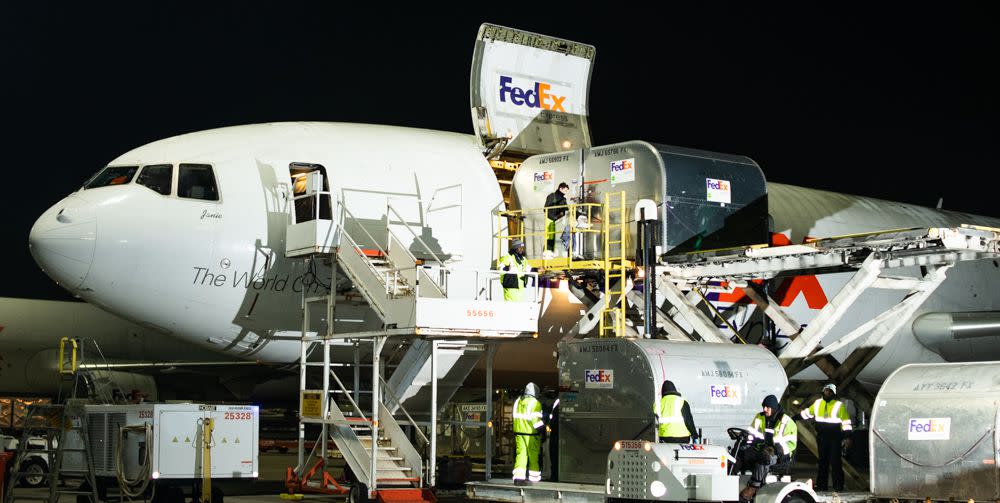
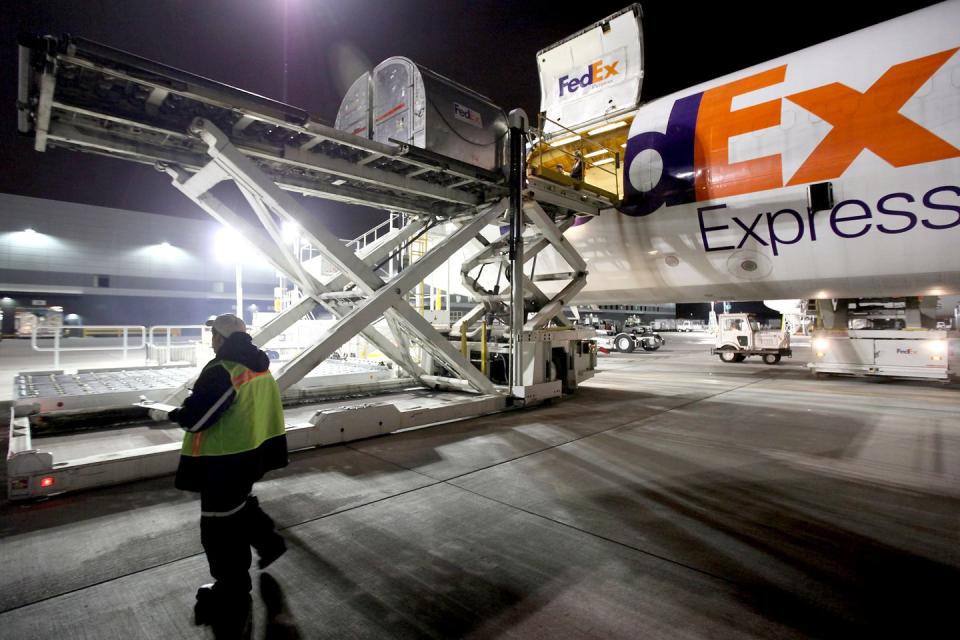
For Santa to really deliver presents to half a billion children in a single night, he’d have to be immune to the ordinary rules of general relativity. Nimbler than a sugarplum fairy. More ubiquitous than snow. He could to it in a month, maybe, if he had his fat, merry fingers in more than 650 international airports, with his own air traffic control towers, trucks, scanners, and fleet of megajets. If he had engineers designing crazy things like wheeled floors and sorting matrices and automatic fire extinguishers for 777s. If he had nearly half a million people working for him-all of them operating in ant-like coordination during the nether hours of global time, sorting presents as the sun rose and disseminating them under the stars-then he could probably do it.
And here’s the thing: He does.
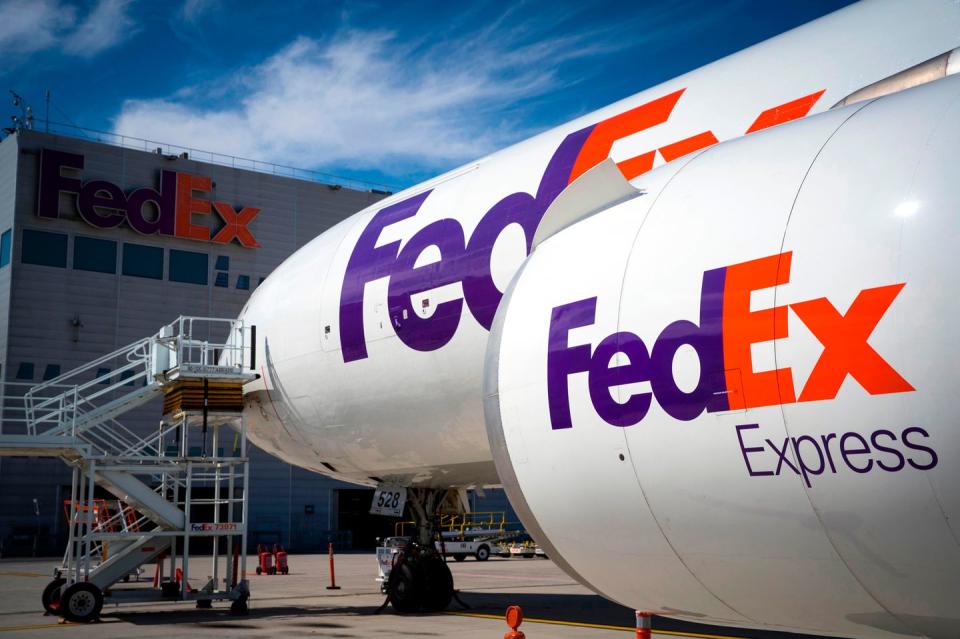
THE MATRIX
Memphis, Tennessee, 2018
It’s 27 degrees Fahrenheit at the Memphis International Airport, and the poles that hold up the red landing lights at the end of runway 927 glitter with frost. A long line of airplanes approaches out of the black highways of the night sky, the lights of each plane fading in like a radio signal, dot after dash after dot. As they land (and land and land), the rush of their reverse thrusters crashes over us like waves.
“It’s more than every 90 seconds. I’ve heard that number thrown out there, but it’s quicker than that,” says Walter Kirkeminde, a senior manager at FedEx’s Memphis World Hub. Kirkeminde grew up about a six-hour drive from here, in Knoxville, with a quick stint in Central Florida that did nothing to dull his Jack Daniels, Dollywood, you-want-that-barbecue-wet-or-dry? accent. “Especially because, if you look out there, they’re using two other runways, and they’re landing just like they are on this one on those. It’s almost like a carrier deck or something.”
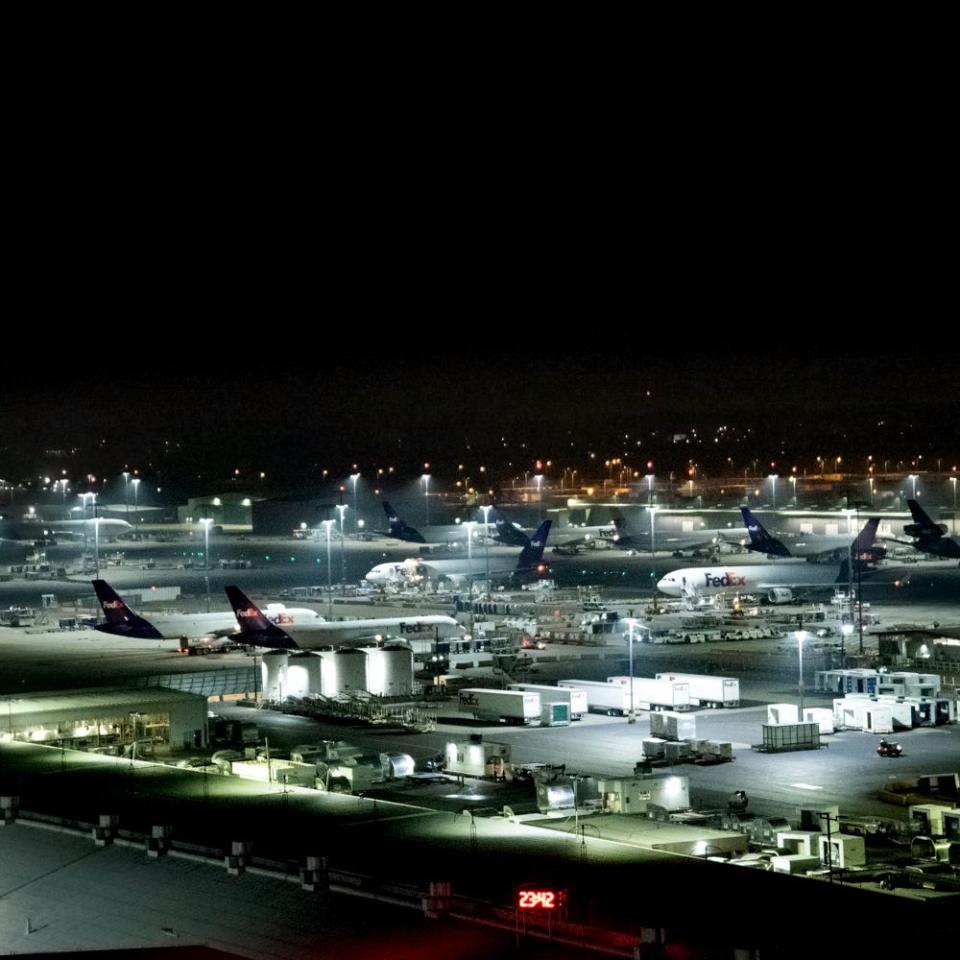
Like nearly every person you meet who works in a managerial position at FedEx, Kirkeminde has worked here forever. Nineteen years as of November. He also, like nearly everyone you meet at FedEx, started as a package handler-an entry-level position that involves long hours on your feet scanning packages, unloading packages, or shifting packages along belts. “You get it as a college job and then you just keep doing it,” he says.
As enormous as this runway is, it’s just one of three in use tonight at FedEx’s Memphis World Hub, which takes up some 1200 acres, including the whole north end of the Memphis international airport and an entire campus of buildings on what may have once been Elvis’s Graceland Saddle Club. Of the shipping company’s 2,150 stations, the Memphis hub, also called the Memphis Superhub, is the biggest, baddest and most bananas: On a single night during the holiday season, Memphis processes around 2 million packages-roughly 505,000 an hour.
Pulling this off requires every resource the company can get its hands on, and some it can’t. “The scarcest commodity for us is time,” says Kirkeminde. “Our customers, when they don’t get their thing at 10:30 in the morning, they don’t wanna hear-well the winds were bad in Memphis so we had to land the other way and it added ten minutes.”
Unfortunately, fulfilling that promise gets more difficult every year. According to a report released November 1 by Adobe Analytics, U.S. online sales have increased by more than 14 percent every year since 2016, and are slated to do so again this winter. FedEx, for its part, has delivered record numbers of holiday packages every year for more than a decade. The company now ships more packages every single day than it did on its heaviest day ten years ago. And while both FedEx Express and FedEx Ground-an entirely separate, parallel organization headquartered in Pittsburgh-get hit hard during the holiday season, Express is uniquely subject to Santa-like time constraints. As the folks in Memphis say: The procrastinator uses Express.
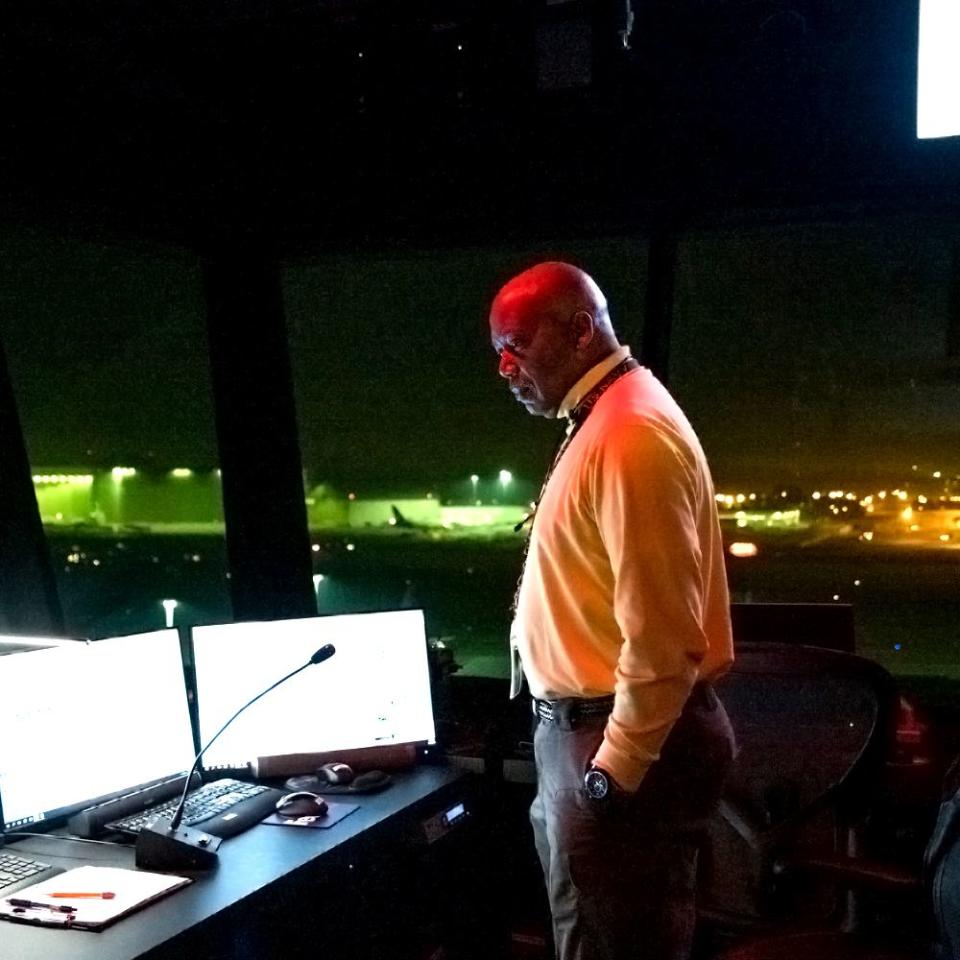
While FedEx is terrifyingly efficient at moving all this freight around, shipping companies do have bad years. In 2013, extreme weather and a shorter holiday shopping period between Thanksgiving and Christmas left both FedEx and their competitor the United Parcel Service (UPS) scrambling to deliver packages before Christmas morning. In 2017, UPS warned customers in advance that packages might be one or two days late, and pilots for DHL and Amazon’s Prime Air told the Washington Post they were experiencing delays as well. When you buy a last-minute present that guarantees delivery by the 24th, you’re expecting your carrier to make Christmas happen. But between the fulfillment center and your house there might be wind, rain, mechanical issues, governmental no-fly zones-anything really. Nothing is a given.
On a December Monday at the hub, after the weekend holiday shopping bonanza, you’d expect pandemonium-maybe yelling, definitely running. But it’s more of a tightly controlled, manic capability. When a plane opens its flap and disgorges a giant metal container of packages (called a can) onto a scissor lift, a team of five drags it onto a four-car cart called a tug, which chugs forward one platform for the next can. Four chugs and the tug speeds off only to have another one appear instantaneously to take its place. It’s like the Disney holiday movie Prep and Landing, in which highly trained special forces elves enable Santa’s Christmas deliveries-only everyone is human-size and wearing cold weather visibility gear.
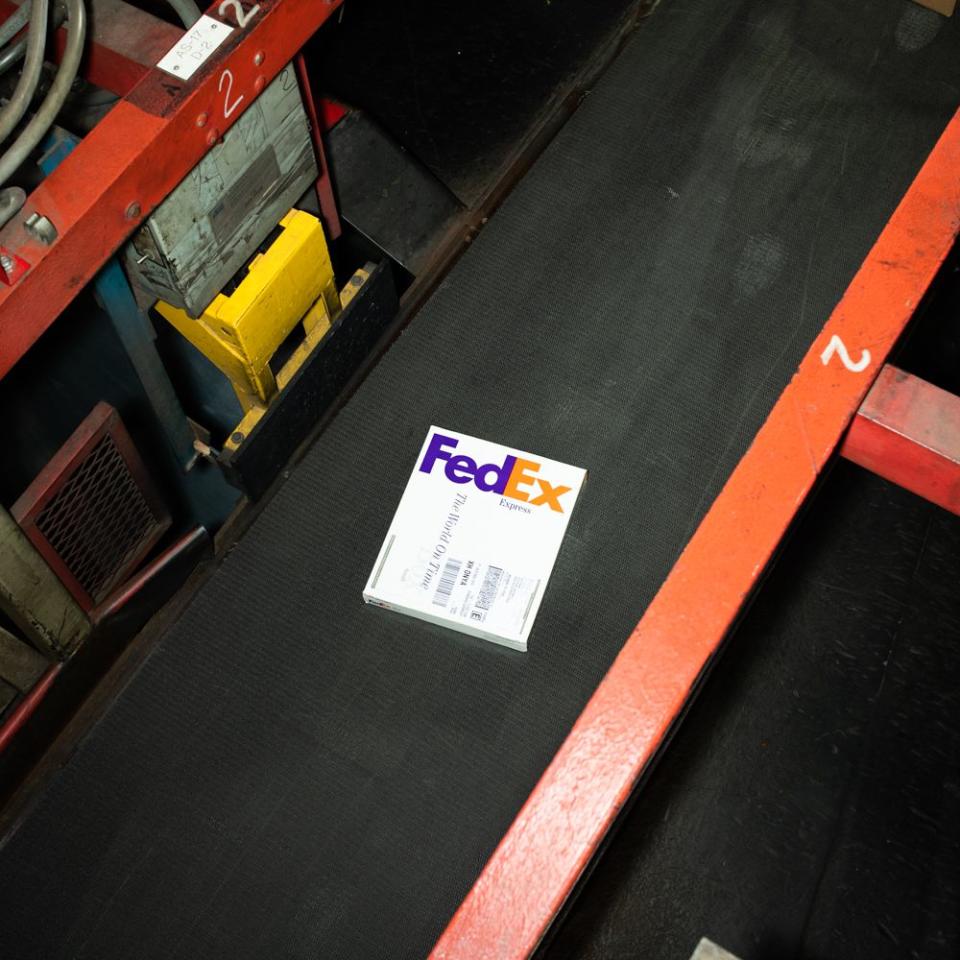
The one place in Memphis where you can really see the scale of what FedEx deals with every holiday season is the intake belt to a machine called the matrix. This belt (there are actually two, but for simplicity’s sake, let’s focus on one) accepts packages from the tugs, slinging them into the building at 8 feet per second-likely faster than you’ve ever seen a conveyor belt move in your life. From there, the boxes fall to package handlers like capitalist rain-a deluge of cardboard and packing tape, Walmart-logo boxes and Target softpacks, mailbags, FedEx’s own boxes, and the blue bow-emblazoned tape of Amazon.
The matrix itself is one of many feats of engineering FedEx has incorporated to keep up with the increasing volume of overnight shipping. Built in 1981, it’s a Chutes and Ladders grid of belts supported by red scaffolding, with pneumatic package pushers that hiss into action when invoked by a barcode. They have these at the larger hubs all over the world, but the one in Memphis is the most complex. Its job is so complicated no individual human would even consider it: It creates order among the cataclysm, dividing the boxes into caches that will be packed onto trucks or back into planes for the next leg of their journey through FedEx’s network, where even more Santas are waiting.
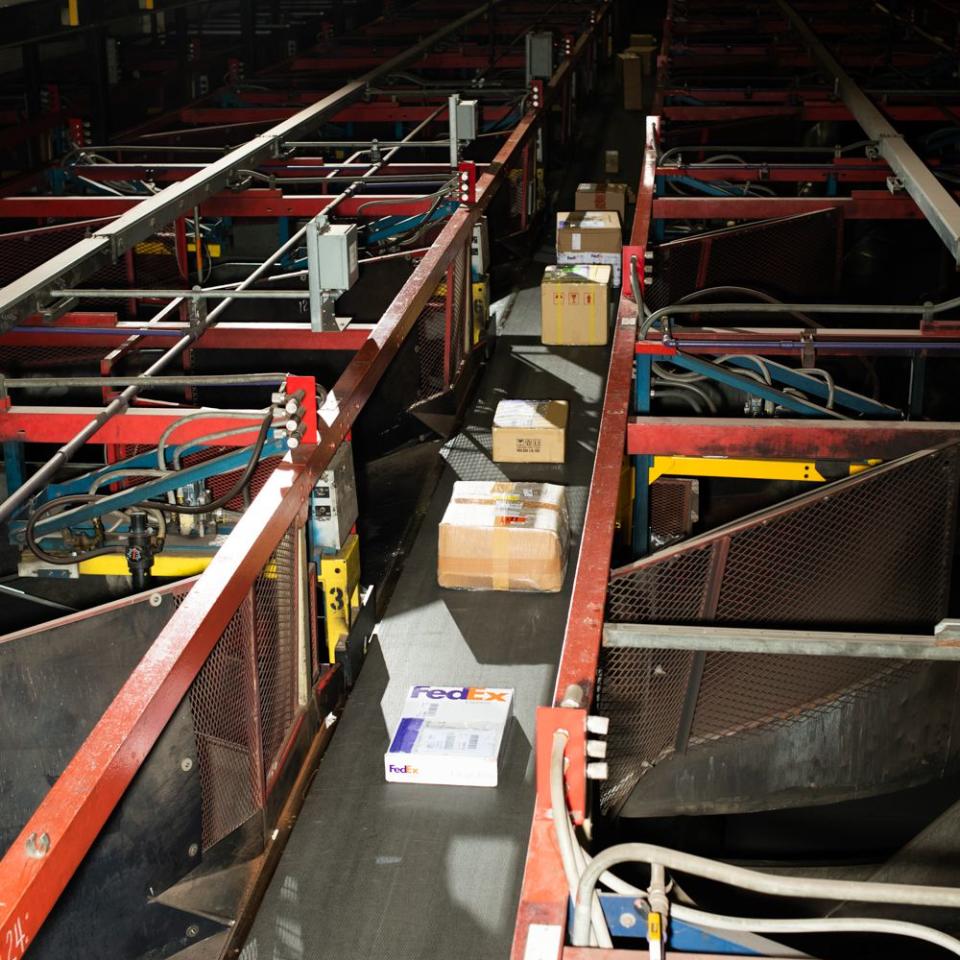
Greenville, North Carolina, Approximately 2006
The dining room is overrun with plastic plates waiting to be wrapped in cellophane and tied up with scissor-curled ribbons. I mean overrun. They’re on the piano, the table, the chairs, the floor. Y’all come help, my mom says, standing in the middle of what is certainly the beginning of madness.
This was the year my mom baked 72 dozen cookies, a fact I often tell friends with pride when they mention the holiday cookie-baking prowess of their own families. Would you believe my mom once baked 72 dozen cookies? To which they inevitably respond: Why?
FedEx has a name for the time of year between Thanksgiving and Christmas. They call it peak, and to get all the additional volume to people’s homes before Christmas morning, the company calls in extra workers, extra trucks and extra planes. No one is allowed to take vacation. It’s long shifts, slammed sorts, no calling out sick. The work is rewarding, but it’s also an onslaught.
From 2004-2006, my dad, who we call Ronno, was the senior manager of the Greenville, North Carolina FedEx Ground Station. Over 16 years, he also worked for FedEx in Orlando, Florida; Ft. Smith, Arkansas; Dallas, Texas; and Beaumont, Texas. At one point, my mom, who is a saint, started baking enough cookies every Christmas to ensure that everyone on staff got a cellophane–wrapped, beribboned plate for peak. Often, she baked in the afternoon, so that at least some cookies were warm right when the driver who was lucky enough to have our house on his own FedEx route stopped by. Y’all got any cookies today? he would ask, bearing gifts.
THE SORT
The Bronx, New York, 2018
Nan Malebranche is a legend. A character. One of those New York City lifers who says “tour” like too-ah, and “sort” like sowat. She’s wearing a perfectly folded floral print scarf because it’s her thing. She’s wearing a red blazer because it’s the holidays. She finished her Christmas cards before Black Friday.
When not eating flagels (flat bagels that are, apparently, incredible) for breakfast, Malebranche handles all of the fourteen FedEx stations in the five boroughs of New York City. That includes this one, on East 132nd Street in the south Bronx, which is lit up as bright as midafternoon even though the sun hasn’t risen yet. A pot of coffee sits in the conference room. The morning sort is about to begin.
Though the specifics are different at every station, “the sort” is the primary unit of FedEx’s work. It is both verb and event: A term for refining the crude bulk of cargo that arrives every night into streams that will go either to other stations or individual homes. Because FedEx’s customers expect to send and receive their packages during business hours, the sort nearly always takes place at a painful time to be awake. In the Bronx, it starts first thing in the morning.
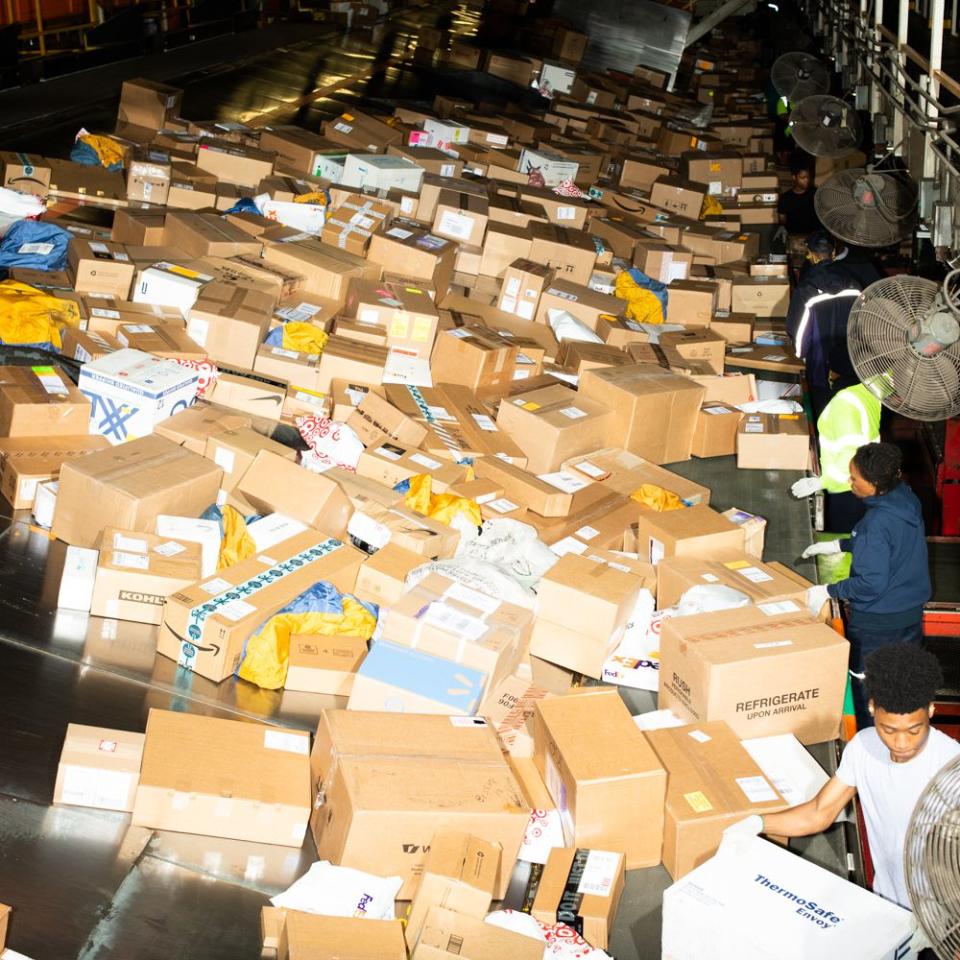
Like Kirkeminde, Malebranche has been with FedEx for a long time-31 years. And if she doesn’t know everyone, everyone certainly knows her. As she leads me through the station, ducking under scaffolding (“If you can fit, you can go!” she says), she greets nearly everyone on the floor. She asks a driver who is waiting for packages to load into his truck how well the Sketchers shoes he just bought are holding up. “Good morning,” she says to two women using handheld scanners to slap yellow tags on the boxes. “Back again for another year!”
Malebranche strides confidently across the ball mat, a floor covered in multi-directional wheels that looks like it would break anyone else’s neck. The floor’s purpose is unclear until two men sling a can full of packages that ways tens of thousands of pounds across it with a strap like a shotput. These cans came from Newark Liberty International Airport in New Jersey-potentially direct from Memphis, but from other FedEx outposts as well. During the sort, the drivers and package handlers split it all up among routes that service the Bronx all the way down to Manhattan’s 69th Street. Within FedEx’s hub and spokes network, the south Bronx station is the end of a spoke, a lung cell where the actual interchange happens between the system and people’s homes.
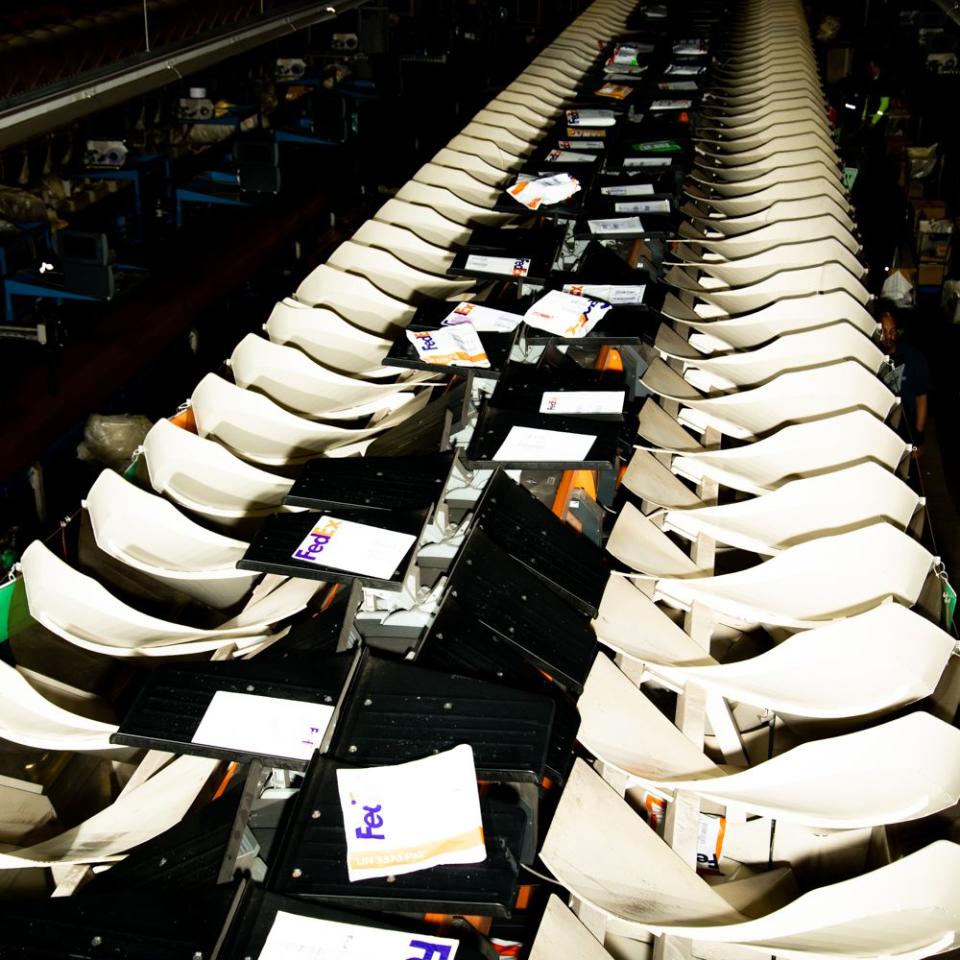
While hours and work increase in the Bronx during peak the same way they do in Memphis, delivering packages for FedEx is one of the few customer-facing positions that is actually more rewarding over the holidays. “When you’re out there the day before Christmas and you’re hustling to get your stops done, and everybody is like Oh my God, you’re here!It’s an awesome feeling,” says Rosemary Carty, a swing driver who covers routes when someone calls in sick or goes on vacation, carrying packages to 5th-floor walkups all over the city. “Being here longer hours doesn’t bother me.”
Part of the reason might be that FedEx treats its workers very, very well. Nearly all the executives, including the president and CEO, worked their way up from package handlers, so they know what an actual day is like at a hub or a station. The company offers a military-inspired Bravo Zulu system of monetary rewards for good work. And at this station at least-right by a sign encouraging everyone to stretch before starting a shift-is a basketball hoop so employees can play during breaks. In fact, there’s a basketball tournament every February among all the New York City FedEx Express stations out in an arena on Long Island.
“I’m the coach,” says Shawn Callender, another swing driver who has worked at FedEx for 19 years, indicating a line of pennants hanging from the scaffolding. “And if you’ll notice, we’re four-time champions.”
But that’s later. It’s 7:00am and the sort is on. The sun is rising behind the open hangar door, wintery and weak. Not much time left now.
THE WAR BOARD
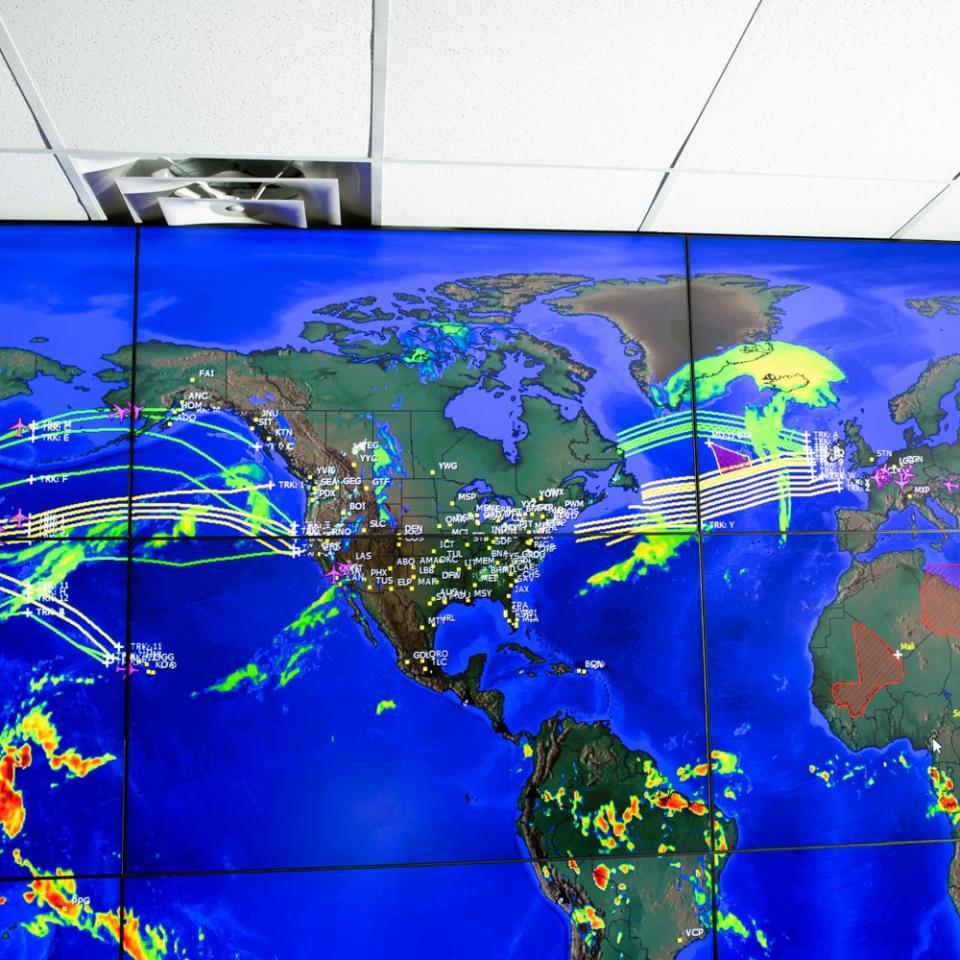
Memphis, Tennessee, 2018
“The biggest thing I look for when I look at this is red,” says Marcus Martinez, vice president of Global Operations Control. “Red is bad.” Martinez is talking to me from an annex of FedEx’s Memphis hub that looks like an ordinary office building with the notable exception of a floor-to-ceiling world map absolutely smothered in little airplane icons. This is the war board, Martinez says. And on the war board, red is bad.
The war board is necessary because, in addition to sorting and delivering packages, FedEx Express has to operate an airline. It’s basically Delta for boxes, requiring everything you’d expect of an airline that ships people-flight dispatch, aircraft maintenance, pilot flight training, crew scheduling, weather observation. The war board is how the people in charge track where in the world their planes are.
Martinez says to think of the war board as a “living Excel sheet” that provides color-coded information about FedEx planes for the next seven days. The left side of the board is sorted like a schedule, with a long red YOU ARE HERE line moving slowly across a wall of text. Right now, a flight in Singapore is listed in red. “This aircraft is down in Singapore, and it’s estimated to come up right here,” Martinez says, pointing several days in the future. “You can see the flight segments it was supposed to cover.”
THE SWOOSH FLIGHT
In addition to making sure all FedEx flights depart and land safely, the people in this room solve logistical problems like Singapore, mostly using redundancies built into the network. For example: A number of flights coming into Memphis from all over the world are underfilled by design. If another flight is delayed or grounded, or an unusually large number of people decide to ship packages from Miami on a Wednesday, a half-full plane from a nearby route can drop in, pick up the extra packages, and still make the Memphis sort on time.
“We actually fly a plane every night designed to be 100 percent empty,” says Martinez. “I call it the Nike Swoosh flight, because we’ll fly it from Denver down to the Mexico border, turn left over Dallas and come into Memphis.” This flight is a sort of roving freelancer, ready to pick up packages anywhere and bring them into the hub.
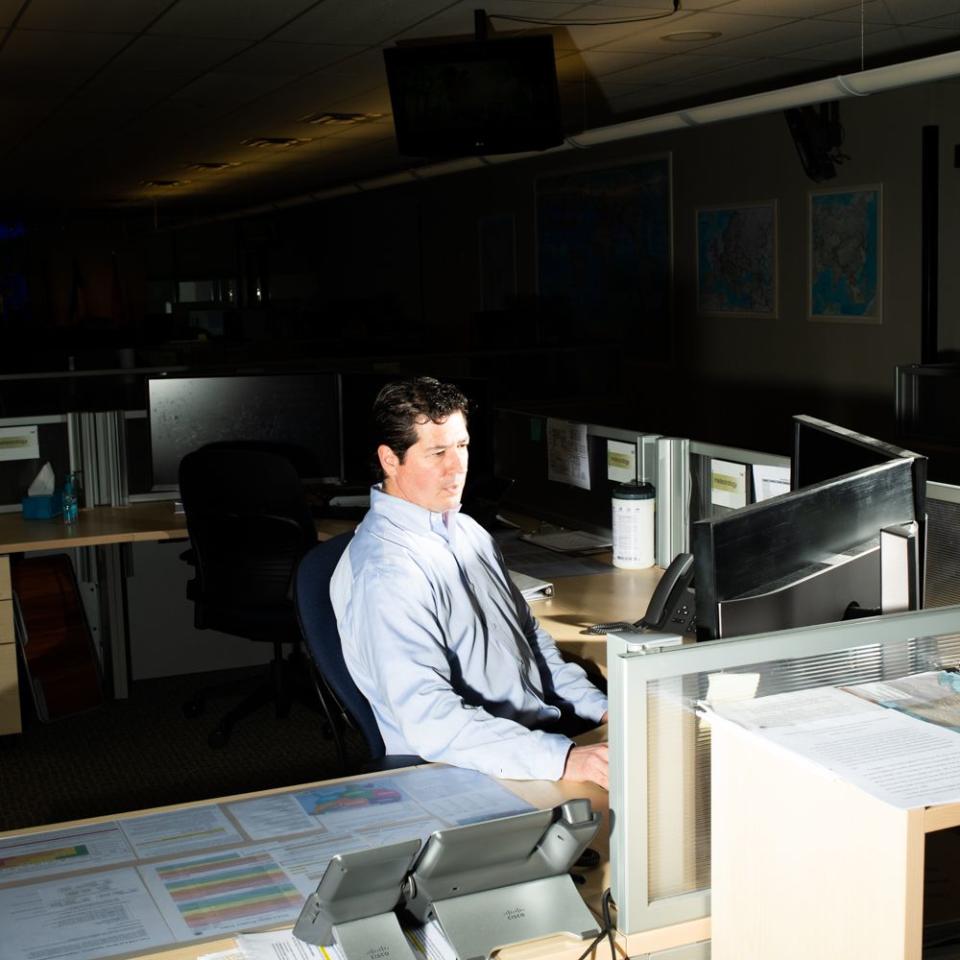
There are even extra planes: “You see the aircraft on there that are letters instead of numbers? Those aren’t ours,” Martinez says. “We actually wet lease additional aircraft during peak season. We fly them on some of our longest international flights to bring some planes out of the international network and back to the domestic network to handle the volume surge for Christmas.” Wet leasing means each plane comes from the vendor with maintenance personnel and flight crew. This year, FedEx asked for six planes.
As for weather, which is Martinez’s top worry during peak, well… that’s why they hired Kory Gempler. A soft-spoken, self-described weather nerd, Gempler is part of a team of 15 military and college-trained meteorologists who work 24 hours a day to try to predict what the atmosphere will do to FedEx. Using their own proprietary system that crunches data from the National Weather Service, as well as from private vendors, they create specialty maps, products and radars that everyone who works for FedEx can access through an intranet. When there’s lightning near Memphis or a pilot doesn’t want to land in Duluth because there’s fog, for example, this team tries to figure out what to do next.
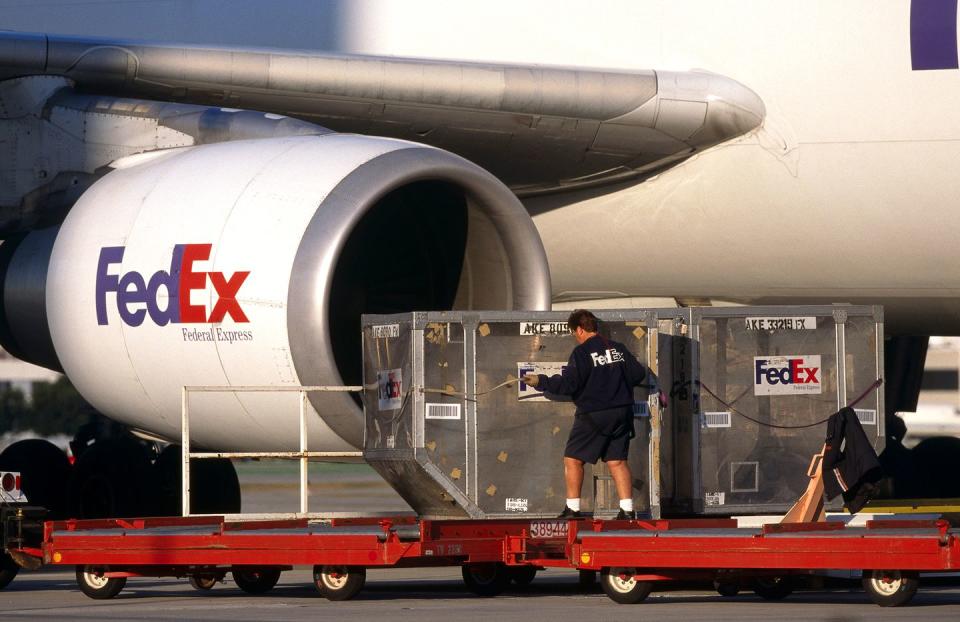
For winter weather, which is usually a more serious threat to on-time deliveries than fog or lightning, the meteorology team developed a DEFCON–like warning system called SNOWCON. “It’s kind of a countdown, because snow around here is kinda like nuclear war,” Gempler says. “So Snowcon 5 means it’s going to start within 48 hours, and then we go to Snowcon 4 when it gets to 36 hours, and everyone gets a little more excited.”
At the moment, everyone is working on the blizzard that snowed in most of North Carolina on December 9th, temporarily shutting down flights to FedEx’s regional hub in Greensboro. To avoid overwhelming Greensboro when it came back online, Global Operations Control rerouted a portion of the undelivered packages to the Memphis and Indianapolis hubs, with the plan of repositioning the planes back to their usual spots the following day.
Fortunately, the rest of the week seems pretty quiet. “He doesn’t want any bad weather news,” Gempler says, inclining his head toward the VP. “He likes it when the weather is quiet.”
“I keep trying to tell him that sunny is weather,” Martinez says.
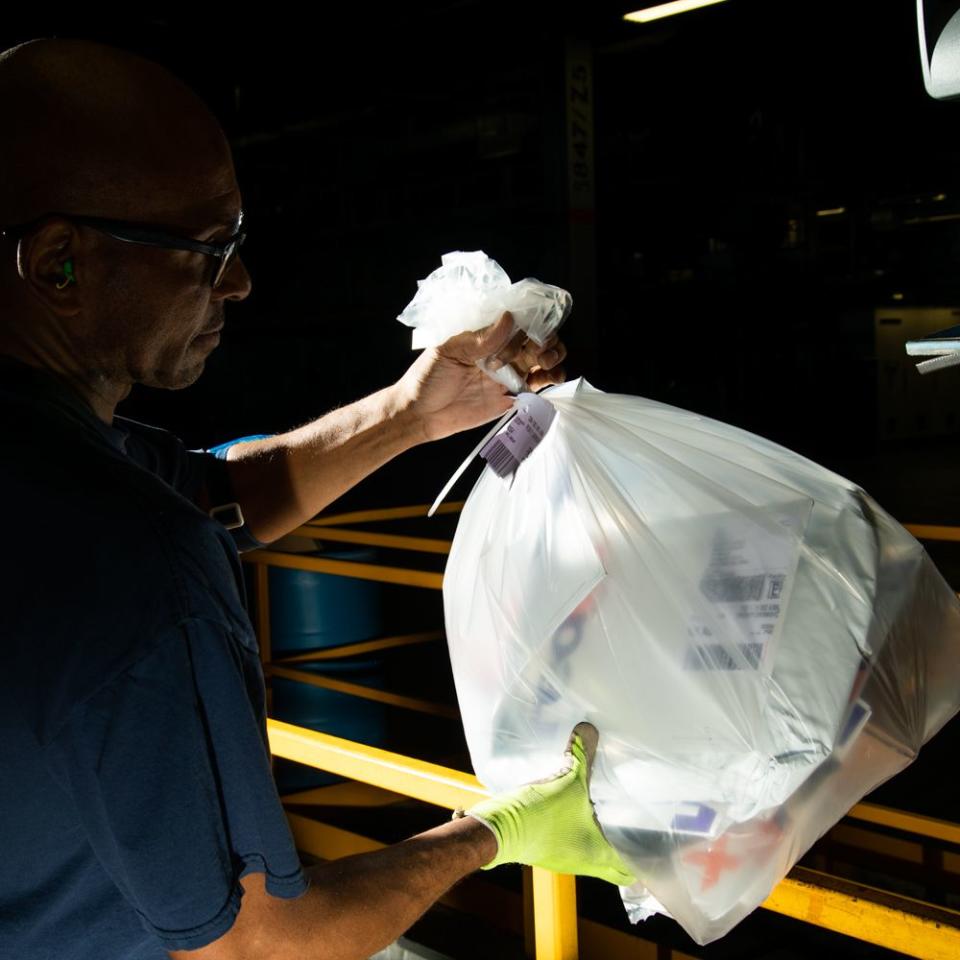
Ft. Smith, Arkansas, Approximately 2009
All around the country, smaller stations engage in their own holiday contingency planning. At the Ft. Smith, Arkansas terminal, where my dad works these days, they’ve laid in extra trucks from purveyors like Ryder and Penske. The trucks have all got to be returned, so we’re driving backup in the family car, shuttling my dad back to the FedEx station from the rental agency.
Inside the station, we say hi to the folks still left on the floor, and then we all go home and finish making our big Christmas Eve dinner-angel hair pasta with red sauce and meatballs, salad with Italian dressing, Texas toast. We have the same thing every year. While we bake cookies, Ronno scours the facility for any last boxes, puts on a Santa hat, and goes out into the frost-browned country roads to deliver the last of the packages himself. This is not an uncommon practice among FedEx managers. It’s called fulfilling the “purple promise”-a reference to the company colors.
At dinner, we pop Christmas crackers. We make it to dessert. And then Ronno is nodding off into his plate.
“Come on. Let’s get you to bed,” my mom says.
Memphis, Tennessee, 2018
The tour of the Memphis hub continues until nearly 3am. We see the inside of a flight simulator where FedEx pilots train, wander around a stripped-down, souped-up 777 waiting for its next load of cans, and climb up to the top of a red-lit aircraft control tower with a tiny Christmas tree in it. We pass the darkened shoe store, where employees can buy stiff toed boots made of composites that are allowed to pass airport metal detectors, and stand beneath one of the very first planes FedEx used to fly packages around the world-a 1970s–era Dassault Falcon 20, with less capacity than a single can that gets loaded onto planes today.
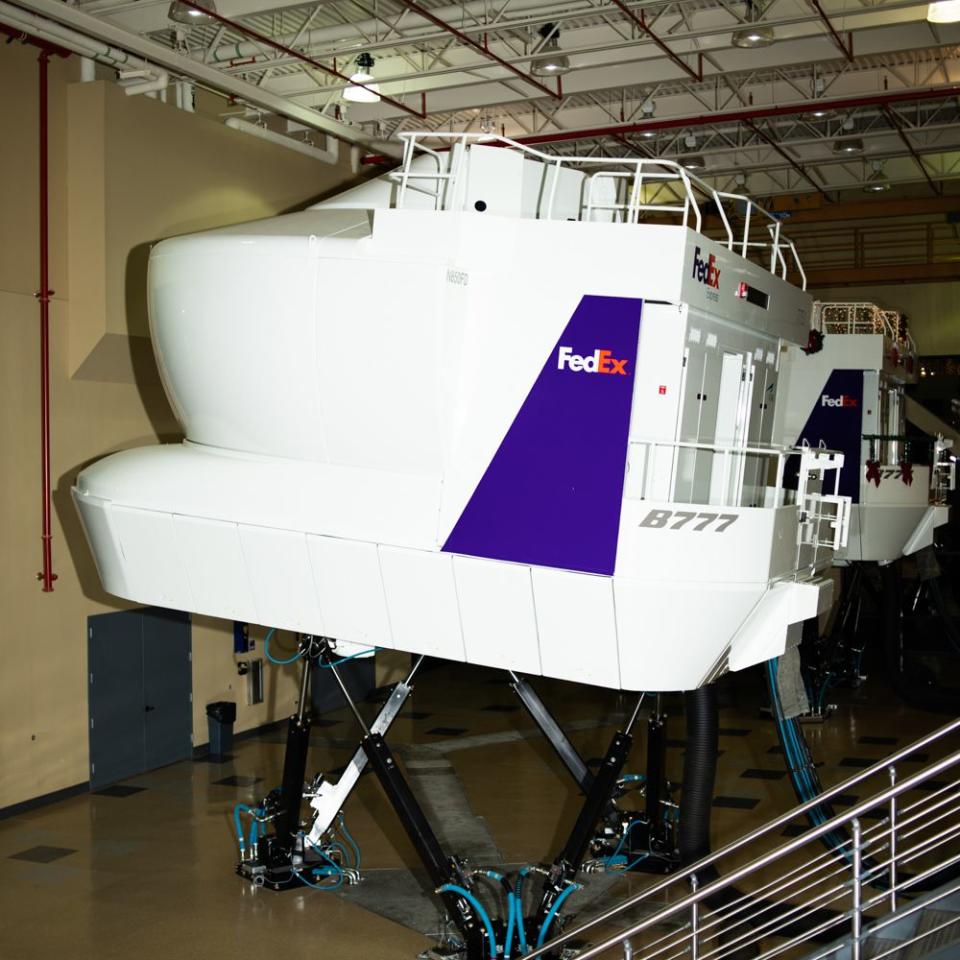
The photographer and I are a disaster. I’m freezing, and we’re both half asleep and starting to sound nutty. We would make poor Santas. But none of the FedEx folks leading our tour even yawns. Working during this collection of unseen hours is their duty, a regular occurrence. They don’t even seem to mind the cold. Partly that’s because lifting boxes is pretty good exercise, but also: When your mission at work is to make sure Christmas happens, who wouldn’t get a little amped up?
Back at the hotel, my shower won’t get hot, so I crawl into bed in my shirt and sleep until 11 the next morning. When I wake up, I text iPhone videos of the hub to Ronno-the planes landing nearly on top of us, the boxes sleeting down the matrix’s intake ramp to package handlers. A football fields’-worth of machinery sorting packages all on its own. Can you believe this stuff?
“It’s an awesome place,” Ronno says, though he left the company in 2014 for another shipping-based job so my parents could move back to Florida. “I miss it.”
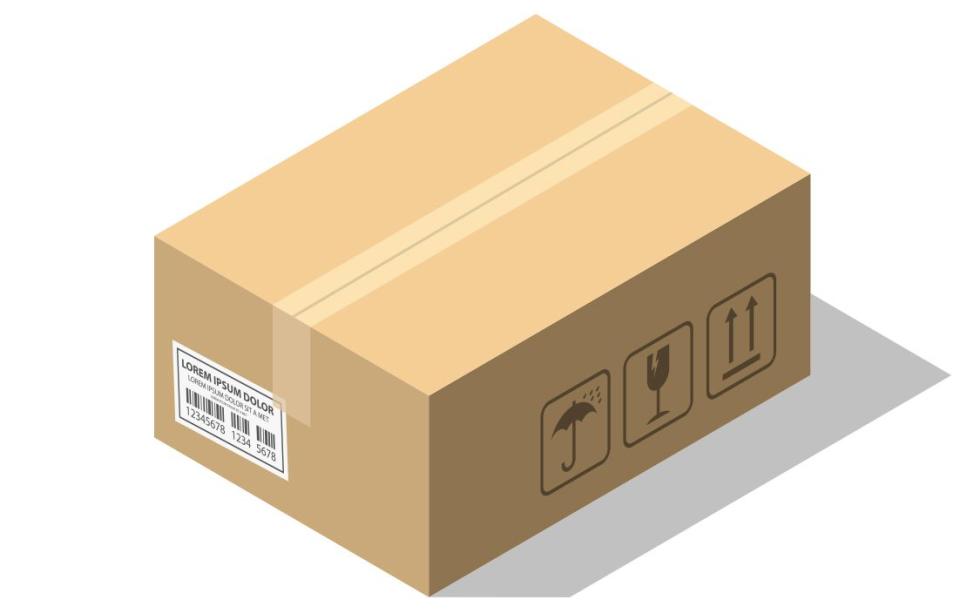
('You Might Also Like',)

